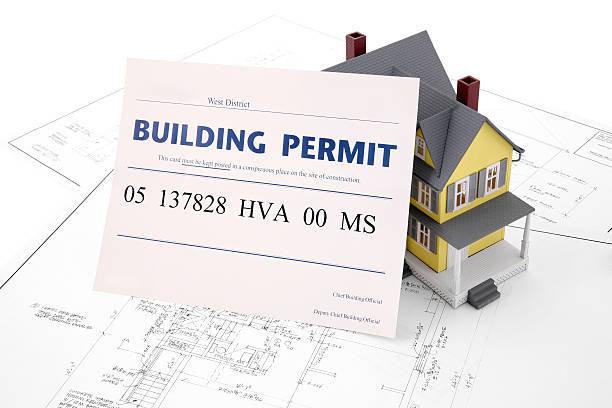Step 1: Repair what is broken
Keep your home in good condition and repair things like loose fence boards or peeling roof tiles to avoid further damage. Repairs are cheaper than replacing damaged items caused by a storm.
If you don’t have much time before the storm, you can try temporary fixes. This will prevent any damaged parts from flying away.
Step 2: Secure outdoor items
Loose items like patio furniture, BBQs, garbage/recycling/compost bins, and sports equipment can become dangerous missiles in a wind gust.
Walk around your property before a storm. Bring items inside or secure them so that they don’t fly around. It’s a good idea to park your car far away from streetlamps, trees, and power lines. If you can, park your car in a garage. Don’t forget your pets.
Step 3: Examine the trees and shrubs
A combination of high winds and loose branches is not good. Maintain trees and shrubs and remove dead trees as soon as possible to prevent damage. (Check your local bylaws for more information.) If you’re not confident in cutting branches, hire a professional.
Trim any damaged branches before a storm. Be careful; if you touch any hydro cables with the branches, you could cause an electric shock.
Step 4: Identify vulnerable entry points
The roof, the windows, the doors, and the garage are all weak points in a home. In windstorms, they may be seriously damaged if they are in bad condition. Roofs are especially vulnerable to high winds. Regularly check your home for weak points and make any necessary repairs.
Be sure to lock all windows and doors before a storm.
Step 5: Prepare a disaster plan
Select a secure place at home or in the office. Be sure to have an emergency kit that includes a flashlight and extra batteries. A first aid kit, food, water, blankets, and a first aid kit are all essentials.
Step 6: Get shelter!
When you are at home, go to the basement or a small room in the middle of the house. Avoid standing near windows or doors.
If you are in an open space without any shelter nearby, take cover in a hollow or ditch. Face down on the floor and cover your head with your hand.
Open your windows and park your car away from power lines and tall objects.
After a storm
Spend some time inspecting your home and property to check for damage and debris. Stay outside if your building has a gas smell. Keep away from any downed powerlines and call HydroQuebec, Link opens in new window. To have them look at it.
Inform your insurance company if the wind has damaged your house so that they can guide you through the claim process. Also, make an inventory of all your damaged items. This PDF was designed for printing and has not been optimized for screen readers.
Follow these simple steps to reduce or prevent damage caused by high winds.



